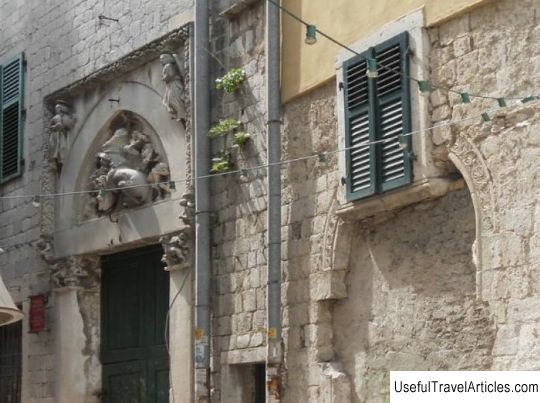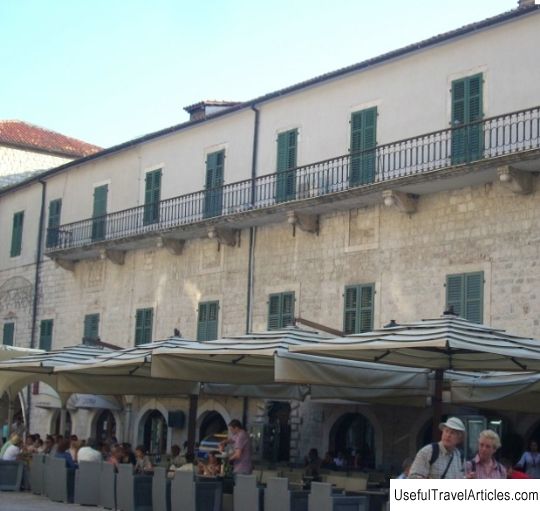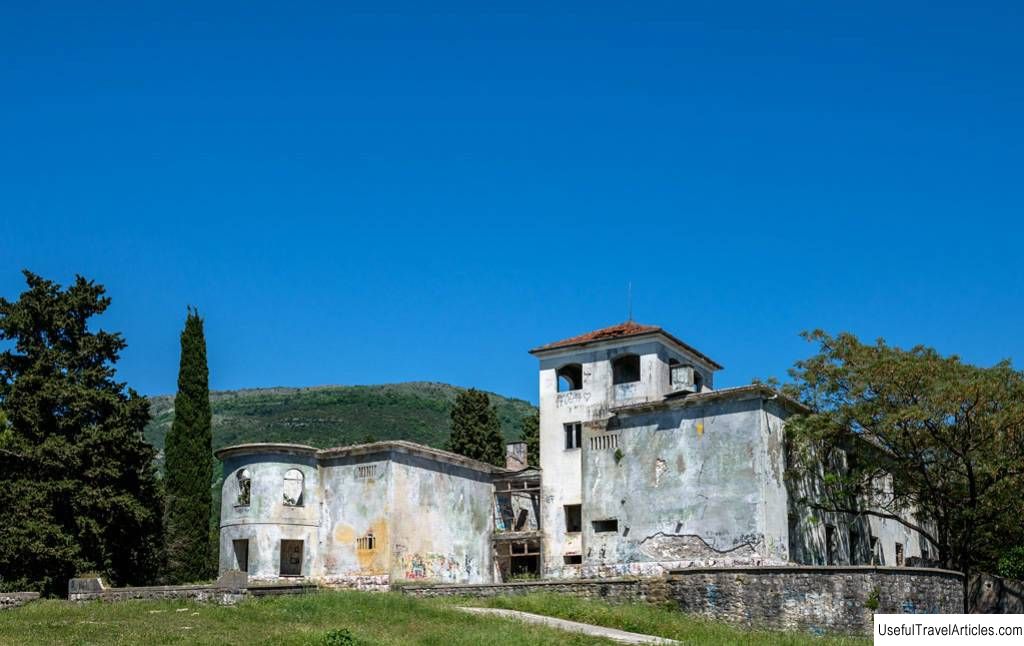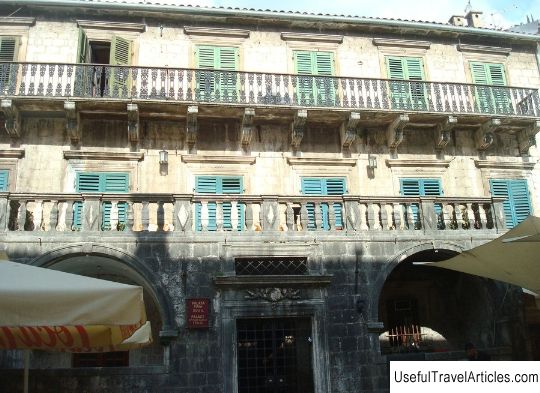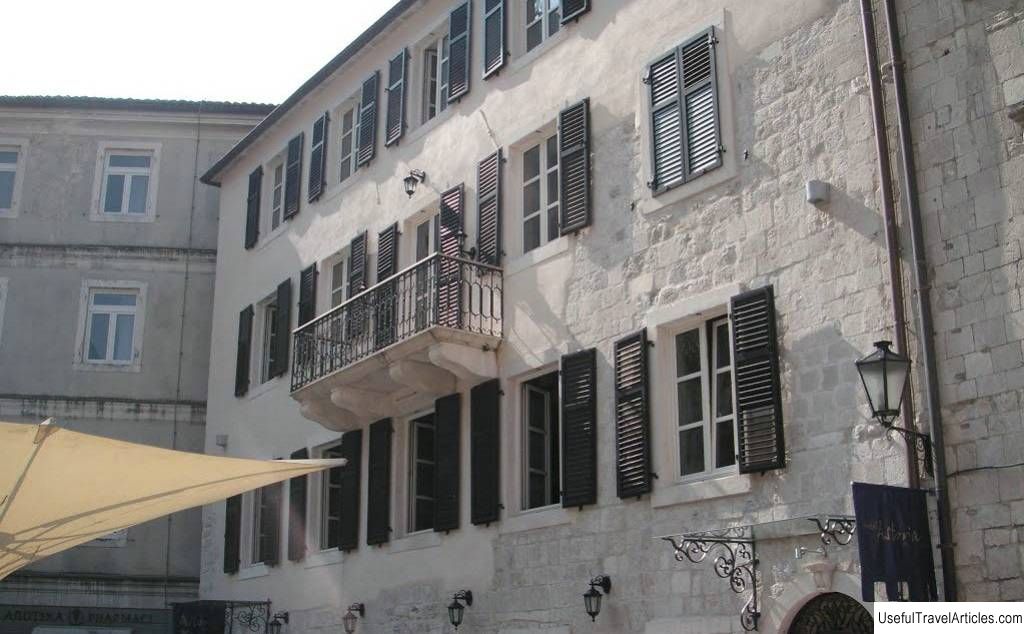Palata Bizanti description and photos - Montenegro: Kotor
Rating: 7,5/10 (100 votes) 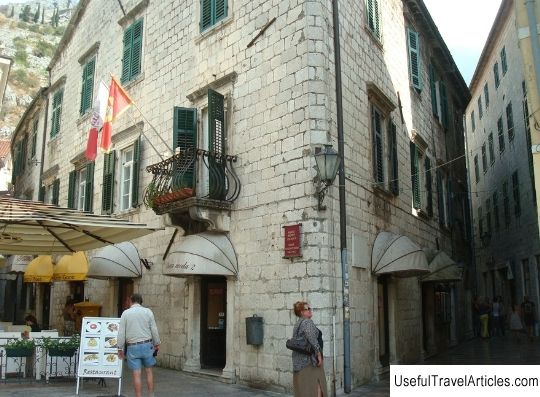
Palata Bizanti description and photos - Montenegro: Kotor. Detailed information about the attraction. Description, photographs and a map showing the nearest significant objects. The name in English is Palata Bizanti. Photo and descriptionIn the old part of the city of Kotor, there are many ancient palaces of the local nobility, which are monuments of medieval architecture. One of these monuments is the Byzanti Palace, which is located next to the princely palace. The main facade of this building overlooks Arms Square, the rear facade faces the street leading to the Cathedral and Muki Square. The Byzanti Palace was built in the 14th century and belonged to the famous Byzanti family, who lived in this palace for more than one century. Among the members of the Bisanti family were outstanding poets, priests, sailors, teachers. The palace lost its original appearance after several devastating earthquakes. And every time after the destruction, the Bisanti Palace was restored, while something changed, both in the facade of the building and inside, something was added, completed. Therefore, it is simply impossible to define uniquely the architecture of a building. The structure of the building, which has survived to this day, dates back to 1641. The building was badly damaged during the terrible earthquake in 1667, after which the owner Nicola Bisanti, restoring the destroyed palace, added a northern wing to the building and engraved the family coat of arms with the image of a jumping lion on the facade, as well as his own initials and date. Currently, the palace consists of two wings with an open inner courtyard, inside the courtyard there are stairs leading to the floors - such a composition is typical of the Renaissance style. The stairs themselves, windows, doors, as well as a well inside the courtyard, richly decorated and decorated with the family coat of arms and a crown, can be attributed to the Baroque style.     We also recommend reading Chiesa di Santa Anna description and photos - Italy: Caserta Topic: Palata Bizanti description and photos - Montenegro: Kotor. |
